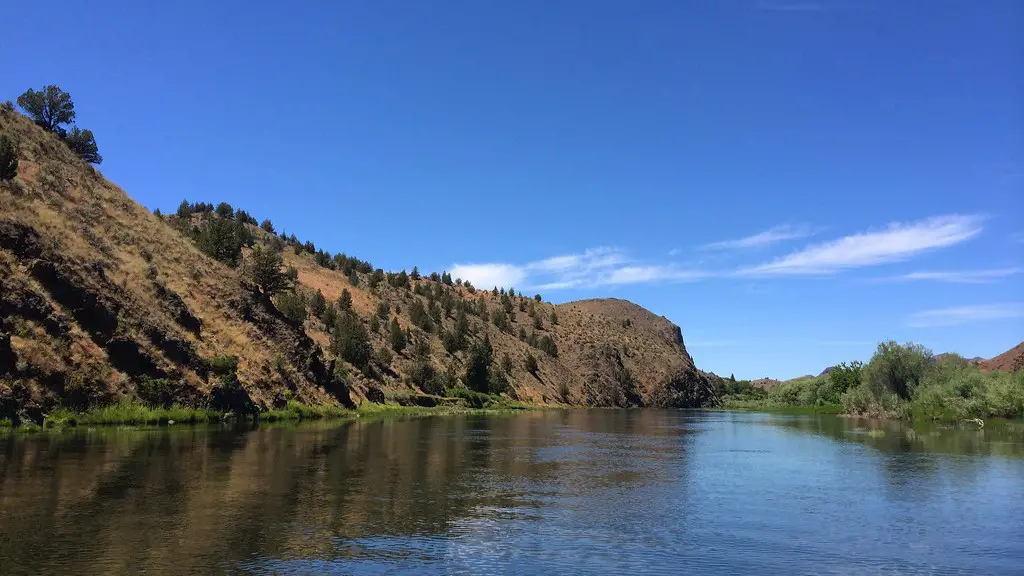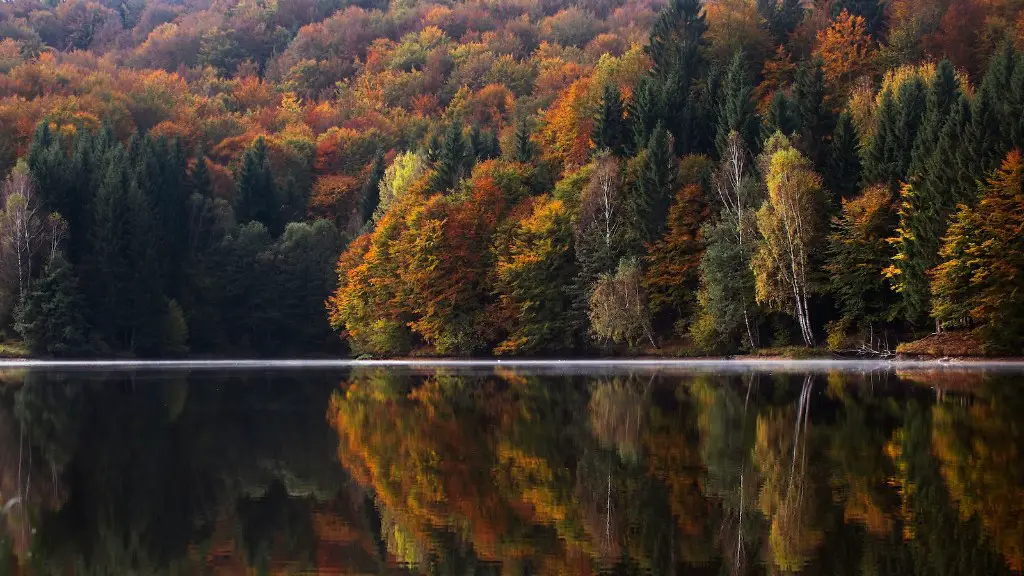Overview
The Mississippi River, the fourth-longest river in the world, is a vital ecosystem. In the United States, it runs from the Minnesota-Wisconsin border south through 10 states, eventually meeting with the Gulf of Mexico. The river is a popular source of drinking water, and also provides a pathway for recreational boating and transportation of goods. Additionally, the Mississippi River supports a wide variety of ecosystems and the many species of wildlife living in and alongside it, making it a vital source of biodiversity.
Pollution
One of the foremost dangers to the Mississippi River is pollution. As a major source of drinking water, the accumulation of pollutants in its waters is of great concern. The contamination of the river arises from factories, agricultural run-off, and wastewater from households and factories. For example, fertilizer from farms contains nitrogen and phosphorus that run off into the river when there is a sudden influx of water from storms, leading to an unnatural flow of chemicals into the river. Other pollutants such as pesticides and petrol can have a damaging effect on species such as fish and birds, who rely on the cleanliness of their habitat for their survival.
Climate Change
Another danger to the Mississippi River is climate change. Over the past decades, temperatures in the region have risen which can have a disastrous effect on the many ecosystems along the river’s banks. Warmer temperatures cause snowmelt and spring runoff to occur at a faster rate and, combined with extreme rainfall events, can cause devastating floods. Additionally, increased temperatures can cause droughts, leading to reduced water levels in the river. This can seriously affect plant and animal life and have an adverse effect on the river’s aquatic ecosystems.
Habitat Loss
A further danger to the Mississippi River is the loss of its natural habitats, which can put the species that rely on them in danger. Along the banks of the river, there are many different ecosystems. As humans expand their settlements and build dams and other infrastructure projects, they take up space which would, prior to their construction, have been home to many species of plants and animals. Additionally, the destruction of natural wetlands can also be hazardous to the river, as they act to regulate the flow of water upstream and downstream, absorbing the impact of floods and other events.
Overfishing
The practice of overfishing is another potential danger to the river. The Mississippi River is a rich source of fish for anglers, many of whom are trying to feed their families. As a result, fishing efforts have increased over time, leading to an unsustainable rate of fishing in some areas. This overfishing can rob species of vital resources and can damage the river’s healthy ecosystems, making it difficult for fish to repopulate.
Urbanization
Rapid urbanization along the banks of the Mississippi is also a major danger. An influx of people, combined with resources such as factories, contribute to increased levels of pollution, as well as habitat destruction. Additionally, they lead to an increased presence of invasive species, which can have a further effect on the balance of the Mississippi’s ecosystems.
Levees
Levees, or embankments, are structures put in place to protect communities along the course of a river from flooding. While they can be beneficial in some cases, they can also do more harm than good. This is because they often prevent the river from flowing naturally and taking the path of least resistance.
Levees can also lead to reduced water levels in some areas, as they prevent water from entering or leaving certain areas of the river. This can be damaging to species that rely on the river’s natural cycles for their survival, such as fish, amphibians and water birds.
Industry
Industry is also a threat to the Mississippi River. Factories and industrial plants can release large amounts of effluent into the river, leading to increased levels of pollution. This pollution can harm the river’s many species and its overall health, making it difficult for wildlife to survive in the area.
In addition, factories often require large amounts of fresh water, which can lead to increased water levels in certain locations and decreased water levels in others. This can affect the river’s natural flow and can damage its ecosystems, reducing the number of its species.
Agriculture
Agriculture can also be dangerous for the Mississippi River. As mentioned earlier, the application of fertilizers and pesticides can lead to increased levels of pollution. Additionally, agricultural activities can lead to increased runoff of water and silt into the river, creating an imbalance in some areas of the river and damaging the river’s delicate ecosystems.
Moreover, water used to irrigate crops and livestock can put a strain on the river in times of drought, as more water is being used than is being replenished. The effects of this can be devastating, as species who rely on the river’s natural cycles may be unable to survive without sufficient water.
Biological Contamination
Biological contamination is also a growing concern in the Mississippi River. Pathogens, bacteria and viruses can all be found in the river’s waters. These can be introduced via human or animal waste, or through animal species who move among rivers and carry disease-causing pathogens with them. These pathogens can have devastating effects on the species living in and around the river, and can be damaging to the river’s overall health.
Oil Spills
Oil spills are also a threat to the Mississippi River. Every year, large quantities of oil are transported through the river, as it is an integral part of the US’s inland transportation network. In the event of an oil spill, the effects can be catastrophic, as the oil can spread quickly and can do significant damage to the river’s ecosystems.
Debris
Finally, debris is also a danger to the Mississippi River. Discarded materials such as plastics, metals, and other rubbish can find their way into the river’s flow. This can be damaging to species who mistake the debris for food, as well as damage the river’s overall health and create a dangerous situation for those using the river for recreation or transportation.



